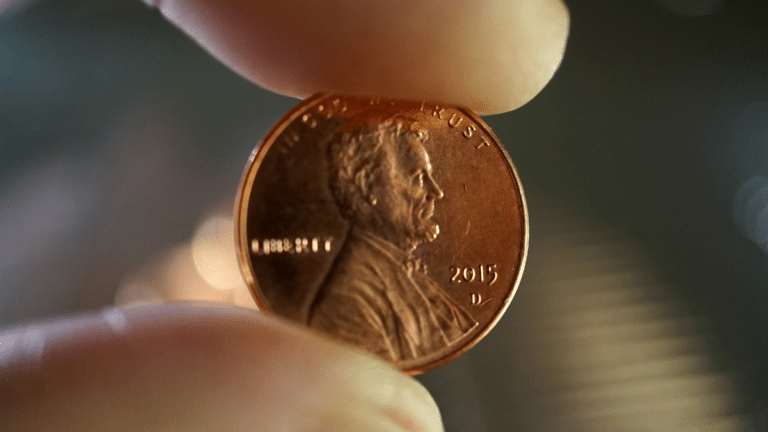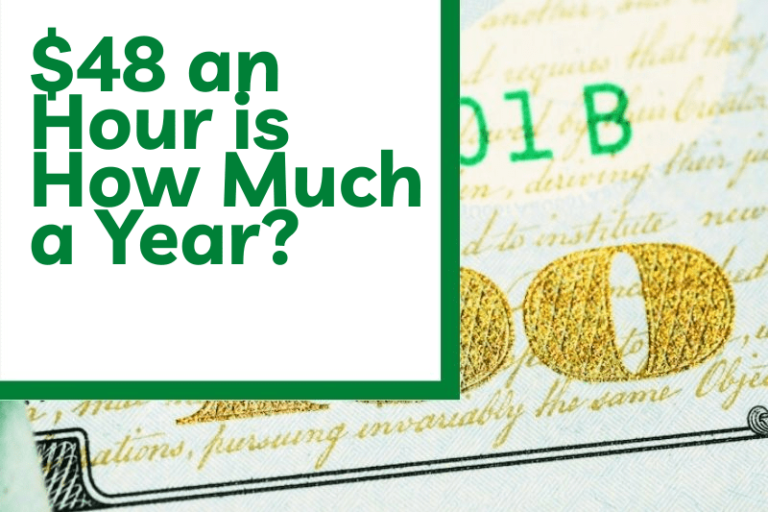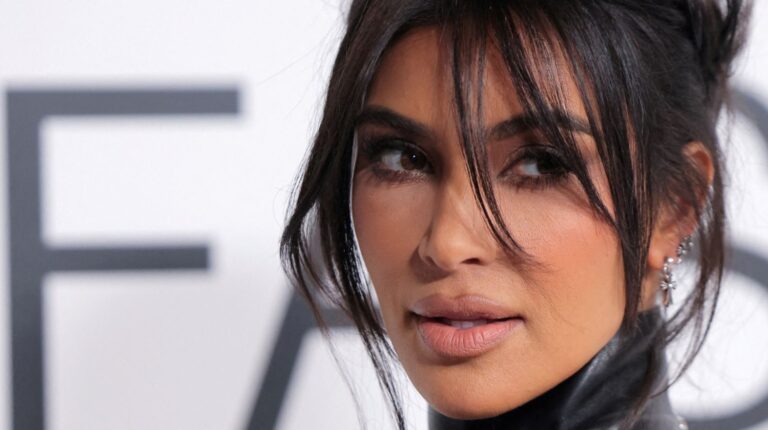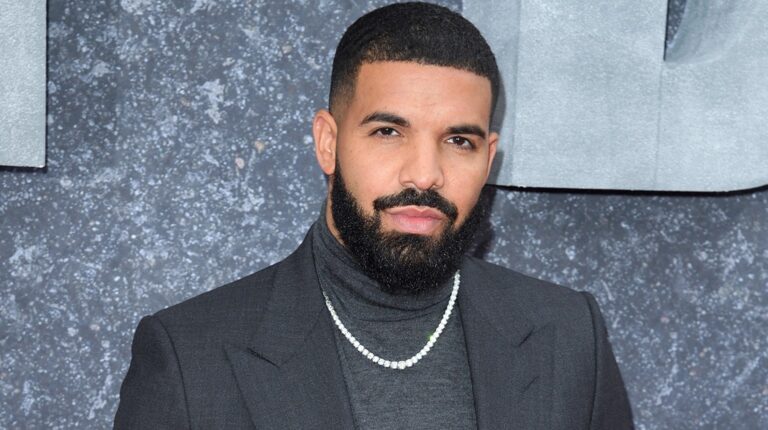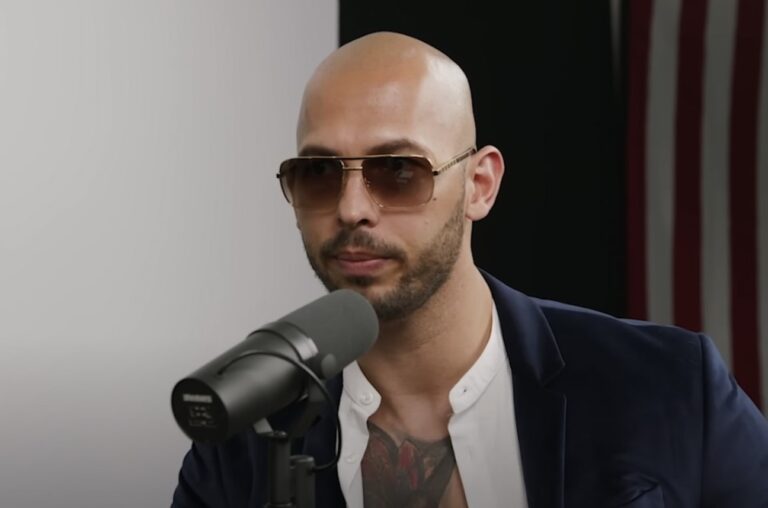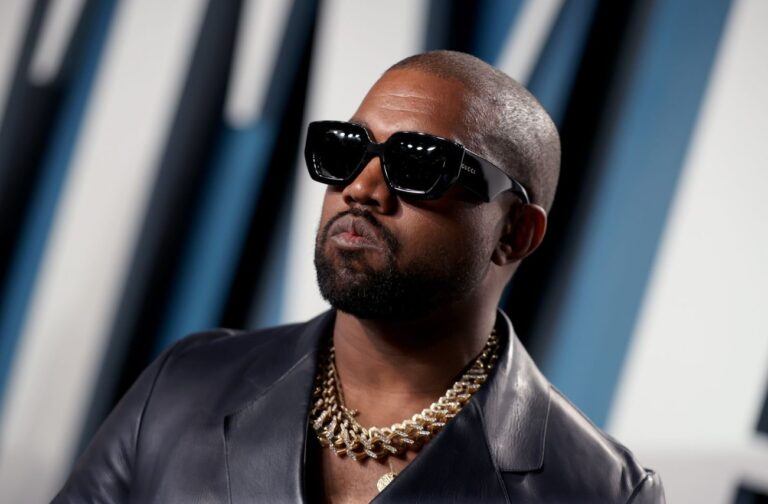1861 to 1865 Abraham Lincoln Coin Value Checker
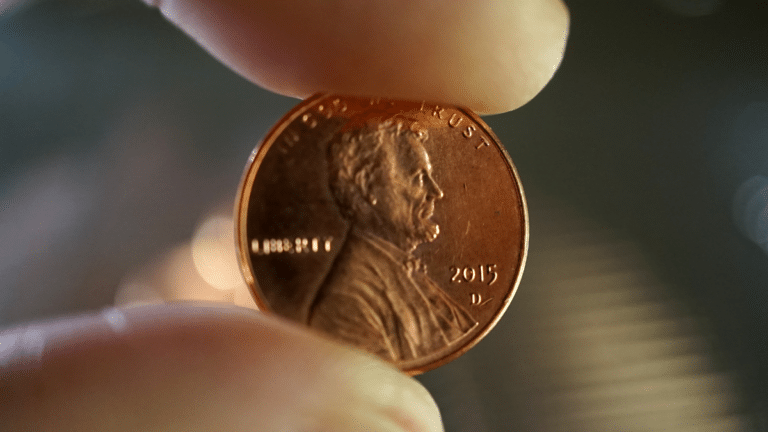
The Abraham Lincoln coin from 1861 to 1865, part of the presidential coin collection, pays tribute to one of the most esteemed individuals in American history—Abraham Lincoln. Although not a rare coin that commands thousands of dollars, it is an exceptional inclusion in your assortment of unique U.S. coins.
Curious to delve into the details of the 16th coin in the Presidential $1 Coin Program? Continue reading this guide to explore its historical significance, current market value, and fascinating mint errors that can potentially increase its price.
| 1861 to 1865 Abraham Lincoln Coin Value Chart(Prices for “P” and “D” mint marks are the same) | |||||
| Extremely Fine | AU58 About Uncirculated | MS62 Uncirculated | MS64 Choice Uncirculated | MS65 Gen Uncirculated | MS66 Gem Uncirculated |
| $1.05 | $1.25 | $2 | $5 | $10.50 | $14 |
The 16th Coin in the Presidential Dollar Series
In 2005, the Presidential $1 Coin Act was approved by former President George W. Bush, authorizing the production of one-dollar coins as a tribute to all U.S. presidents. Among the honored presidents was Abraham Lincoln.
The significance of this law in honoring Lincoln through U.S. mintage cannot be overstated. In addition to the presidential coin collection, the law also mandated the redesign of the Lincoln penny to commemorate the bicentennial anniversary of his birth. However, let’s now shift our focus back to the presidential coins.
Coin Value Checker provides information on a variety of coins, including a series of dollar coins that were released every few months. These coins showcase the presidents in the order of their tenure, beginning with George Washington in 2007, followed by John Adams, Thomas Jefferson, and subsequent presidents. For more details on these coins and others, visit Coin Value Checker.
In 2010, the moment arrived to introduce the Abraham Lincoln dollar. The coin featured the years “1861-1865” engraved on it, signifying the duration of President Lincoln’s term in office.
The front side of the coin displays a prominent portrait of Abraham Lincoln facing forward, directly engaging with the viewer. Positioned at the coin’s upper section is his name, while below it, notable additions include the inscription “In God We Trust” (a slogan introduced to presidential coins after 2009), “16th President,” and the duration of his presidency.
All presidential coins feature an identical reverse side, depicting the Statue of Liberty and the denomination of $1.
The edge lettering of these presidential coins truly sets them apart. Imprinted on the coin’s edge are the words “E pluribus unum,” the mint mark, the year of issuance, and 13 stars symbolizing the original United Colonies.
Curious to see a detailed depiction of both sides of the 1861-1865 Abraham Lincoln one dollar coin? Witness the magnificence of this majestic coin in a brief video clip by clicking here: https://www.youtube.com/watch?v=Esz1SiuEpOM
1861-1865 “P” Abraham Lincoln Dollar Coin Value
In 2010, the Philadelphia Mint, like many other U.S. coin mints, manufactured the highest number of Abraham Lincoln dollar coins from 1861-1865. A total of 49,000,000 coins were produced, surpassing the Denver Mint by just one million. These coins can be identified by the “P” mint mark on the edge lettering.
The prices of presidential coins remain consistent, regardless of whether they were minted in Philadelphia or Denver, setting them apart from other U.S. coins.
These coins are worth $1.05 in circulated condition, regardless of whether they are in poor or extremely fine condition. In about-uncirculated condition, their value ranges from $1.10 (AU50) to approximately $1.25 (AU58, the highest about-uncirculated grade).
The most valuable coins in the 1861-1865 Abraham Lincoln dollar coin collection are always the ones in uncirculated, mint state condition. The price difference between coins in lower MS60s and about-uncirculated coins is not significant. A coin in MS60 condition would be priced at $1.50, while an MS62 coin would be valued at $2.
However, the prices do rise in the higher mint-state grades. Specifically, coins in grades MS65 and MS66 are quite prevalent and are valued at $10.50 and $14, respectively. Notably, an extraordinary MS67 coin from Philadelphia was successfully auctioned on eBay for $64.
1861-1865 “D” Abraham Lincoln Dollar Coin Value
A total of approximately 48 million coins were manufactured by the Denver Mint during the period of 1861-1865 for the Abraham Lincoln dollar release. To identify a coin minted in Denver, one can look for the presence of a “D” mint mark located alongside the stars on the coin’s edge lettering.
The Denver-minted coins closely match the prices of their Philadelphia-minted counterparts. Regardless of their condition, circulated coins are priced at $1.05. In the highest grades of about-uncirculated category, these coins can reach up to $1.25.
Similar to the uncirculated coins of the Philadelphia edition, the majority of Abraham Lincoln dollar coins minted between 1861-1865 in Denver fall into the MS65 and MS66 grades, priced at $10.50 and $14 per coin respectively. However, PCGS records indicate that a single MS67 Abraham Lincoln dollar coin was previously sold for $125.
In the realm of coin collecting, specimen coins, which were minted to evaluate new designs, hold greater worth compared to regular strike coins. This fact becomes evident when examining the Lincoln dollar coins produced at the Denver mint. To illustrate, a specimen coin possessing a flawless grade of SP69 and adorned with a splendid satin finish, commanded a price of $350 during the year 2014.
1861-1865 Abraham Lincoln Dollar Coin Grading
If you’re attempting to assess the condition of your Abraham Lincoln dollar coins from 1861-1865, here’s a handy guide to help you get an idea of their overall condition.
● Circulated: Coins that have been used extensively and display noticeable signs of wear. Certain details may appear faded or less defined, but the overall design should still be discernible.
● Almost Uncirculated: Slight signs of wear can be observed on the prominent areas of the design, like Lincoln’s nose and cheekbones. However, none of these areas should appear completely flattened. Additionally, the letters should retain their boldness.
● The MS63 Uncirculated coin showcases a stunning mint luster, albeit with a few contact marks and hairline scratches. However, the high points of the coin remain devoid of any signs of wear.
The MS67 Uncirculated coin possesses its original mint luster, resulting in a radiant and shimmering appearance when illuminated. It remains free from significant contact marks or hairline scratches. Moreover, both the obverse and reverse designs exhibit a remarkable and vivid display of their respective elements.
1861-1865 Abraham Lincoln Dollar Coin Errors
While it may be expected that there would be few errors on presidential dollar coins due to their limited minting period, this assumption doesn’t hold true for the Abraham Lincoln dollar coins minted from 1861-1865. Despite being relatively rare, these coins do have a number of errors worth noting. Here are a few examples to be aware of:
1861-1865 Abraham Lincoln Dollar Coin Missing Edge Lettering
The highest occurrence of missing edge lettering can be found in the early presidential coins, particularly the George Washington dollar. However, a few one-dollar coins featuring Abraham Lincoln from the years 1861-1865 were also mistakenly minted without the edge lettering.
The occurrence of this error in the Abraham Lincoln coins is infrequent. It has been identified on two occasions – once on an AU55 coin and once on a nearly flawless MS70. The latter coin was auctioned off for $78.
1861-1865 Abraham Lincoln Dollar Star Next to Mint Mark
When examining the inscriptions on the 1861-1865 Abraham Lincoln one dollar coins, it becomes evident that there is a noticeable gap between each letter. However, certain coins exhibit a mint mark that appears to be in close proximity to the stars, almost making contact. This occurrence is predominantly observed in coins with a “P” mint mark.
Watch TexCoin’s video on YouTube, which showcases the error on the Abraham Lincoln one dollar coin dating back to 1861-1865. The link to the video is: https://www.youtube.com/watch?v=lp0O9IvzrM8
1861-1865 Abraham Lincoln Dollar Coin Weak Edge Lettering
The edge lettering on certain Abraham Lincoln one dollar coins from 1861-1865 may be poorly stamped, resulting in the words being difficult to read.
No, this error is not caused by the normal usage of circulated coins. It is noticeable even in uncirculated coins, which clearly indicates that it is a noticeable mistake made during the minting process.
1861-1865 Abraham Lincoln Dollar Coin Double Edge Lettering
Finally, we possess Abraham Lincoln one dollar coins from 1861-1865, featuring double edge lettering. The engraved words on the coin’s edge exhibit the appearance of being struck twice.
This is not due to the coins’ edge being struck twice. Instead, it is likely that these coins were only struck once using a damaged die, resulting in a faint second image of the lettering.
FAQs
How rare is a 1861-1865 dollar coin?
While the Abraham Lincoln presidential one-dollar coin possesses uniqueness and appeals to collectors, it lacks rarity as nearly 100 million of these coins were produced in 2010. Undoubtedly, numerous individuals still possess them in their pockets or within their households.
How much is the Abraham Lincoln $1 coin worth?
The coin initially holds a face value of $1, but its worth increases when it is in excellent condition. Specifically, the 1861-1865 Abraham Lincoln one dollar coin, graded at MS66, is valued at approximately $14. Furthermore, a rare MS70 coin with a “D” mint mark was sold for $215 in 2014.
Are the dollar coins real gold?
Do not be deceived by the luxurious and radiant golden hues of this coin. Despite its resemblance to gold, the 1861-1865 Abraham Lincoln one dollar coin does not contain any pure gold. Its composition consists of a combination of four distinct metals, namely copper, zinc, manganese, and nickel.

